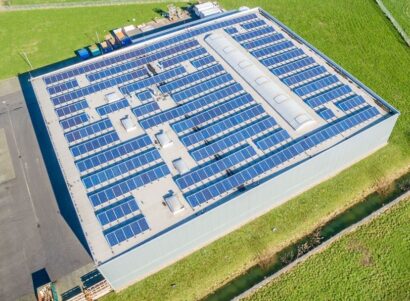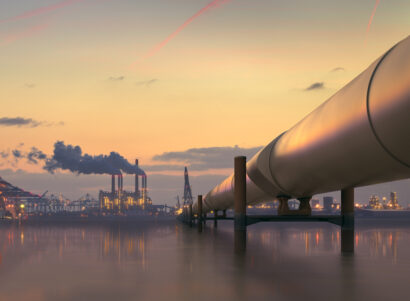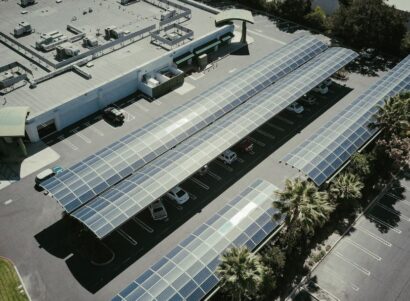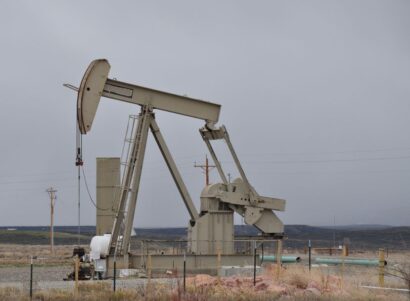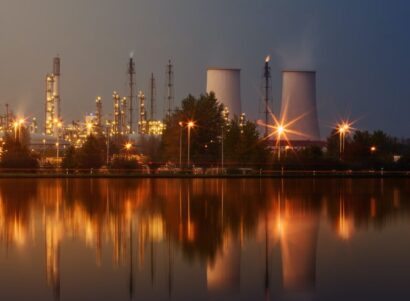Summary
New York has set a target to reduce greenhouse gas emissions by 40% from 1990 levels by 2030, yet there are numerous proposals to expand fossil fuel infrastructure across the state. In this analysis, we estimate that the potential buildout and average utilization of ten proposed natural gas pipelines and associated compressor stations in New York State would increase natural gas use by 23% and statewide greenhouse gas emissions by 12%.
Our estimates include both fugitive methane emissions from the proposed natural gas infrastructure itself as well as the carbon dioxide (CO2) and life-cycle methane emissions associated with the increase in natural gas consumption implied by this pipeline buildout.
While we do not analyze whether sufficient demand actually exists to justify the addition of these new pipelines, our results indicate that construction of the proposed pipelines and utilization at average rates would undermine the state’s efforts to reduce greenhouse gas emissions. If natural gas use increases by 23%, the state would be required to reduce oil consumption, mostly from transportation, by roughly 70 to 100% by 2030 in order to reach its climate targets, depending on the methane leakage rate assumed.
This research was supported by Earthworks, and this report and its findings were used as the technical basis for Earthworks’ report “New York’s Energy Crossroads – How the state’s climate goals clash with natural gas infrastructure,” released February 27, 2018.



 Technical Report
Technical Report